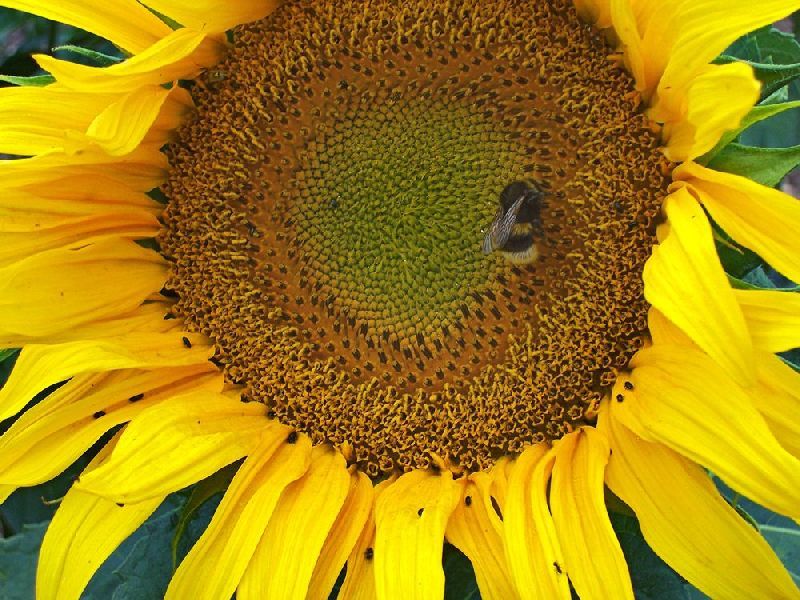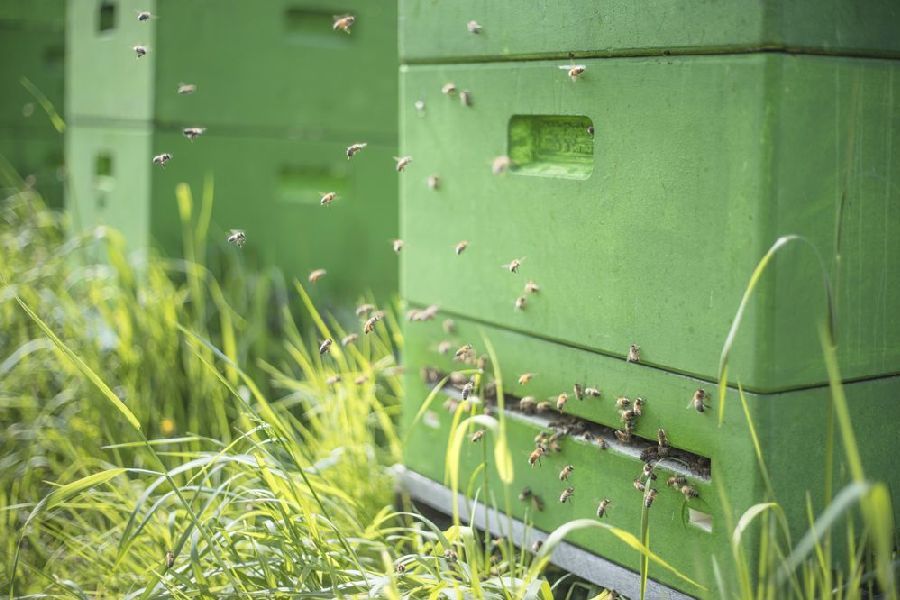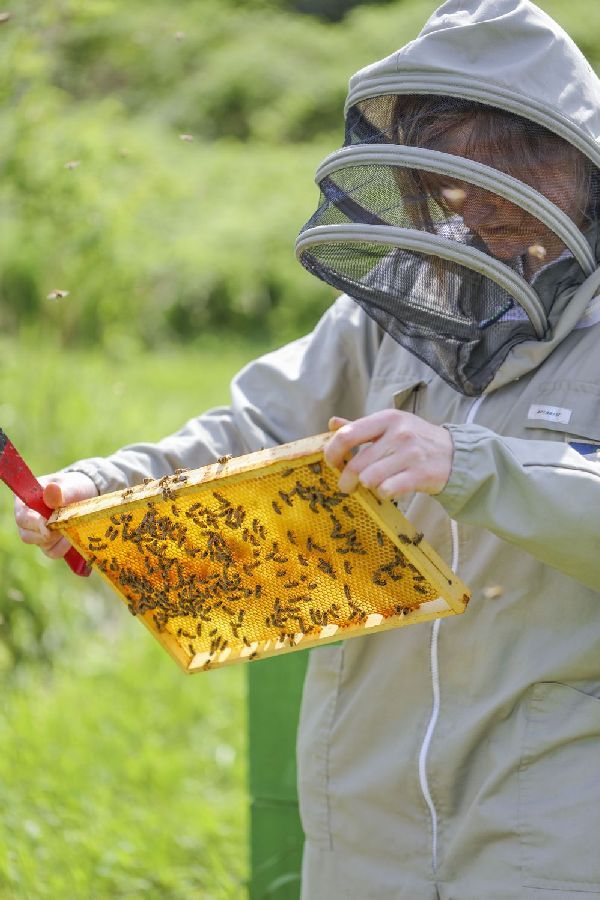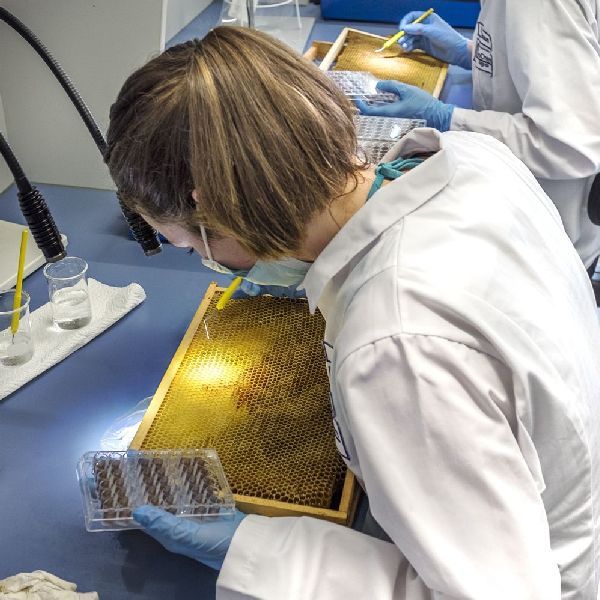Bees and other pollinators
Bees and other pollinators occupy an important place in our ecosystem, especially because of their role as pollinators of wild and cultivated plants. In the context of the authorization of plant protection products, it must therefore be verified that they pose no unacceptable risks to bees and other pollinators.


Our service
We offer all relevant tests according to the current EPPO / OECD / EPA guidelines. In addition to laboratory studies, we can also carry out tunnel and field tests at various locations in Germany and throughout Europe.
Honey bees
Field Tests
EPPO PP 1/170 (4)
- Field studies on at least 2 ha plots
- Mortality, flight density, development of bee colonies (brood and feed)
- Behavior of bee colonies
OECD GD no. 75
- In addition to EPPO PP 1/170 (4)
- Detailed brood development of 300 labeled cells (eggs, optionally young and / or old larvae) over one or more breeding cycles with optional hibernation
Oomen PA, De Ruijter A and Van der Steen J, EPPO 22: 613-616 (1992) Bienenbrut feeding test
- Single or chronic feeding with detailed brood development of 300 labeled cells (eggs, optionally young and / or old larvae) over one or more breeding cycles with optional hibernation
- Residue analytics of the feed solution
Semi-field tests
EPPO PP 1/170 (4)
- Tunnel test on 100 m² folk plants
- Mortality, flight density, development of bee colonies (brood and feed)
Behavior of bee colonies
OECD GD no. 75
- In addition to EPPO PP 1/170 (4)
- Detailed brood development of 300 labeled cells (eggs, optionally young and / or old larvae) over one or more breeding cycles with optional hibernation
Residue analytics studies in relevant feed matrices
- Tunnel test on 100 m²
- 1 bee colony per tunnel
- Pollen from pollen trap and / or
hive - Nectar extraction from bees and / or bee colony

Honey plants
for bee examinations outdoors and semi-free-range
- Clover (Trifolium)
- Tansy phacelia (Phacelia tanacetifolia)
- Oilseed rape (Brassica napus)
- Mustard
- ... more on request
Laboratory tests
- Contact Test (OECD 214)
- Oral test (OECD 213)
- Bee larvae test (acute OECD 237)
- Bee larvae test (repeated exposure OECD GD 239)
- Chronic oral test (OECD 245)
- Bee screening
- HPG's
Bumblebees
Species
Bumblebee (Bombus terrestris)
Honey plants
- Tansy phylelia (Phacelia tanacetifolia)
- Oilseed rape (Brassica napus)
Semi-field tests
Tunneltest on 60 m² with a bumblebee colony
- Flight activity
- Mortality
- Development of brood and colony
- Production of drones and young queens
Laboratory tests
- Mortality
- Flight density
- Development of bee colonies (brood and forage)
- Behavior of bee colonies
Solitary bees
Species
- Horned mason bee (Osmia cornuta)
- Red mason bee
(Osmia bicornis)
Honey plants
- Tansy phylelia (Phacelia tanacetifolia)
- Oilseed rape (Brassica napus)
Semi-field tests
Tunnel test on 60 m²
with a nesting unit (60 females + 90 males)
- Flight activity
- Nesting activity,
- Reproduction
- Hatchability
Laboratory tests
- Contact test (based on OECD 214)
- Oral test exposure (based on OECD 213)
Your contact

Markus Barth
Head of Division Ecotoxicology
+49 34292 863-700


